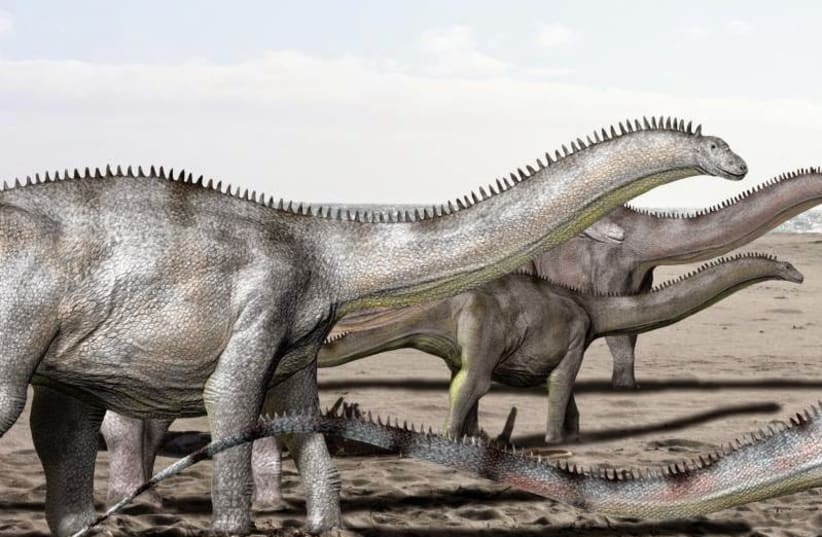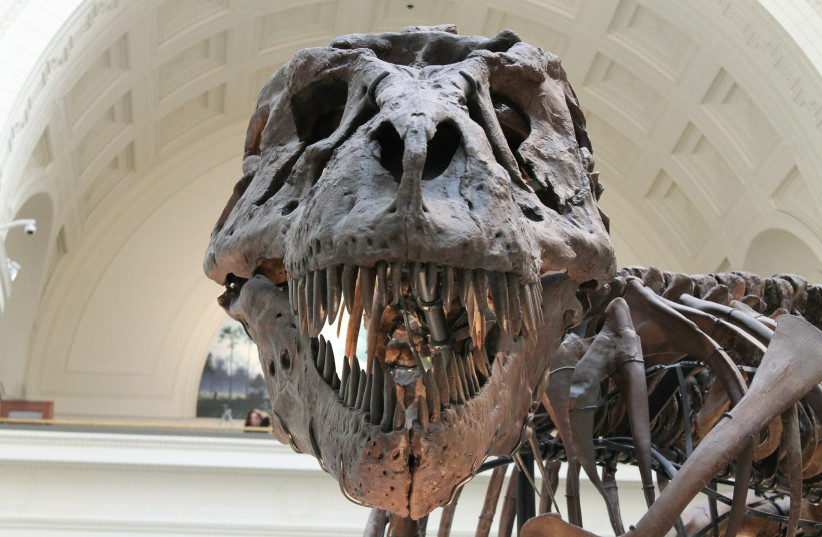The first dinosaurs indulged in a diverse menu. According to a team of University of Bristol paleobiologists, who analyzed the tooth shapes of the earliest dinosaurs, the earliest dinosaurs included carnivorous, omnivorous and herbivorous species.
The findings, published Friday in the peer-reviewed journal Science Advances, indicate that many groups of plant-eating dinosaurs were ancestrally omnivorous and that the ancestors of the famous long-necked herbivores, such as Diplodocus, ate meat. This ability to bring variety to their diets early in their evolution offers an explanation for their evolutionary and ecological success such as enduring the Triassic–Jurassic mass extinction and adapting in its wake.
Researchers used machine learning models to classify the earliest dinosaurs, which dominated the land until their extinction 66 million years ago, in different diet categories based on their tooth shape and mechanics. For example, Thecodontosaurus, the Bristol dinosaur, had teeth well adapted for a diet of plants.
Similarities between dinosaurs and modern animals
"Theropod dinosaurs have pointy, curved and blade-like teeth with tiny serrations, which behaved like those of modern monitor lizards. In contrast, the denticulated teeth of ornithischians and sauropodomorphs are more similar to modern omnivores and herbivores, like iguanas."
Mike Benton
Professor Mike Benton, who co-authored the study, explained that the team was able to numerically quantify how similar early dinosaurs were to modern animals, providing solid evidence for our inferences of diets.
"Theropod dinosaurs have pointy, curved and blade-like teeth with tiny serrations, which behaved like those of modern monitor lizards. In contrast, the denticulated teeth of ornithischians and sauropodomorphs are more similar to modern omnivores and herbivores, like iguanas," Benton said.

